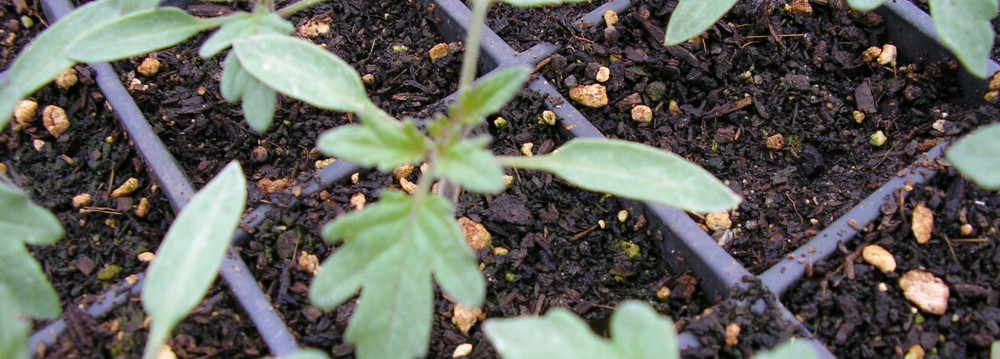Riverbend Farm Newsletter October 10, 2013
It has been another wild week and the weather has been perfect. We have been moving 3-4 times as much produce as we would in any typical year. But all good things must come to an end. The tomatoes have thrown in the proverbial towel. Everything is either slightly under ripe or rotten. Green peppers are seldom seen, Eggplant are mostly either small or over ripe. Summer is definitely coming to an end. Mercifully the days are getting much shorter much faster.
The weather forecast went from a low on Sunday of 42º this morning to a predicted low of 36º tonight. Usually they overshoot a little and the predicted low come up a bit. I’ll have to see where it bottoms out, but It seems like time to get summer season crops harvested and under cover.
Rieders are making good progress on shingling the barn. It is a tough job. The roof is very steep ( 12/12) and there were two layers of asphalt shingles and a layer of cedar. I’m guessing that the cedar shingles were the original shingles on the barn. They started on the north side. Shingles need to be 70º+ to seal down. It is October in Minnesota. We don’t have that many 70º days left. They will have the backside finished up tomorrow while it is still warm. The south side will heat up in the sun and the tabs will stick down even if the air temperature never gets above 50º.
Other than harvesting all the time the crew has been picking up all the irrigation equipment, cutting the trellis string and removing the posts and stakes. Seed related activities are taking place on all levels, seeding cover crops, selecting plants for seed saving, and cleaning seeds.
We select the most disease resistant plants for seed saving. This year we planted saved seed plants next to purchased seed (of the same variety) plants and the saved seed did much better. They resisted blight better and produced more harvestable fruit.
I have had such good luck with the seeds that were saved from hybrids that this year that I am going to save seed from a lot of the productive hybrids in addition to the high performing open pollinated varieties.
In most cases, only about a third of the seed saved from hybrids comes true to type. It takes several years to stabilize the a open pollinated variety from a hybrid. However, in two cases there was a second apparently worthwhile variety that came out of the hybrids. I’m sure they will take several years to stabilize too, but they could be good. This has been a good year for selecting seed that do well in adverse conditions.
We had a great party last Saturday. Good food, conversation, and people. The weather was chilly and damp, but not bad. It made the fire all the better. Very fun.
I have a couple of projects that I need help on. One is pretty mundane. I’m looking for a 6½ – 7 foot wide snow blower for my tractor. It does not have to be in great condition, but it has to be all there. I’m planning to put it on my H and run it with a separate engine. The H does not make enough power or have enough hydraulics to run a big snow blower at low engine speeds. The separate engine will let me run the blower at full speed while the tractor is just idling. If you know some one who has a big snow blower sitting in the grove, I’m looking.
The second one is a little more esoteric. This is one for fabric arts people. I want to grow pole beans on a large scale. To do that I need a lot of trellis. The trellis has to be made of untreated sisal, jute, or cotton. I do not want to pick bean vines off plastic netting. With the natural fibre netting I can throw the whole mess in the combine and compost everything that comes out the back end.
The required netting would have about 8”X8” squares. The netting would have to be crocheted or tied. I don’t think that woven would not stand up to the weight of the beans. The difficult part, in addition to using 1/8” diameter string, is that the netting would be 300 feet long and 4 feet tall. I would need about 15,000 feet of the netting.
Nobody that I can find makes this type of netting or is willing to make it. The question is ‘How to make this type of netting?’ A shuttle with 3000 feet of sisal would weigh about 10 pounds and be the size if a soccer ball.
The alternative is to run a wire the length of the row and tie a string from the wire to the base of each bean plant. That does not sound like a lot of fun. Ideas ? Techniques ?
Extra credit question: What sparked the Back to the Land Movement in the ‘60s and ‘70s ?
Greg
.
